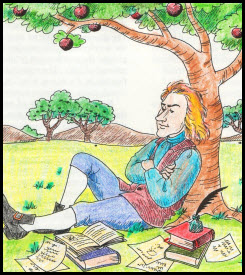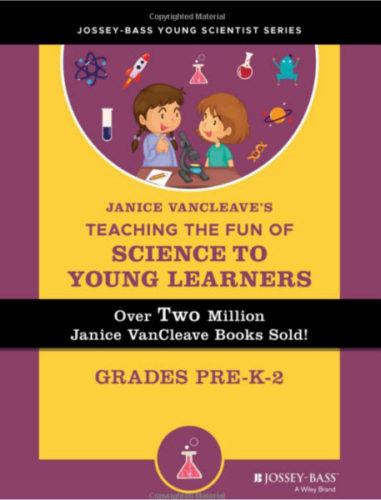
I am helping a first year teacher who is teaching science to children who are not fluent in English.
1. How does one explain that mass and weight are not interchangeable terms when the same instrument, such as a bathroom scale, can be used to measure both mass and weight?
2. How does one explain that mass and weight are not interchangeable terms when they must learn how to use the conversion factor, 454 g = 1 pound? Also, products, such as cereal, often have gram (g) and pound or ounce measurements printed on the package.
Actually, both questions apply to every science student in any language.
So, how does one present these two measurements?
When working with young children, I’ve been guilty of not distinguishing between the two very different types of measurements. But, I have had a change of attitude about what young children can learn.
In fact, kids of any age can learn new concepts if given tiny “bite-size ” pieces of information and ample time to “chew it” before being expected to digest it.
1. The Weight of an object measures a special kind of force called gravity.
On Earth, prior to his Moon landing, astronaut Buzz Aldrin’s weight with backpack and space suit was about 360 pounds.
On the Moon, July 20, 1959, Buzz Aldrin’s weight with backpack and space suit was about 60 pounds.
2. The mass of an object measure the object’s inertia. Inertia measures how difficult it is to change the motion of an object.
Example 1:
Which would be harder to move, a gallon bottle filled with water or a 50 gallon bottle filled with water?
Answer:
Think!
1. The object that has more inertia is harder to move.
2. The object that has more mass is harder to move.
3. Mass measures the amount of matter. Matter is what stuff is made of, such as atoms and molecules. Since both containers are filled with water, the container with the most molecules of water will be harder to move.
The bottle 50 gallon bottle of water has more water molecules, thus it has more mass, and more inertia than the one gallon bottle of water.
Examples:
If both are standing still, which would be easier to move, a real elephant or a small toy stuffed elephant?
Answer: Of course, the answer is the one that is less massive, the small toy stuffed elephant..
The book is designed to help young students catch the “science bug”
Teaching the Fun of Science to Young Learners
The book’s 75 lessons and reproducible activities touch on all areas of science and provide the key to a world of science magic and mystery. While kids will have fun doing the activities and learning to love science, they are also being encouraged to develop other skills, including reading, writing, math, and art.
(Paid Link)
